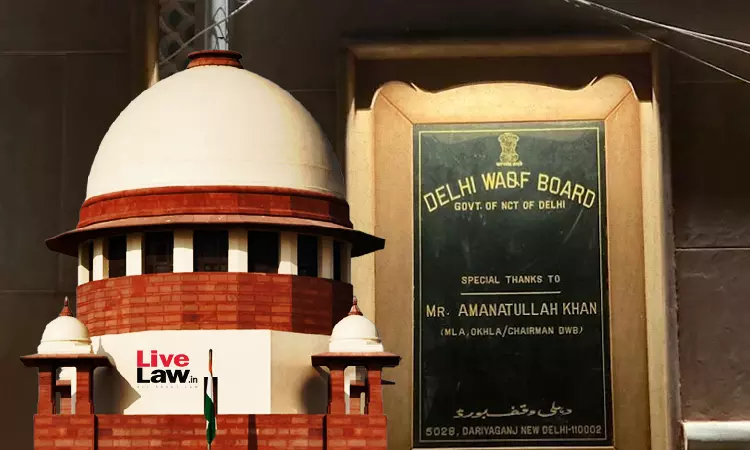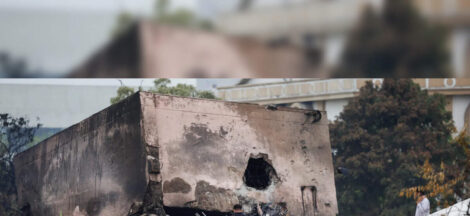Chief Justice of India B R Gavai, addressing an assembly of top Italian jurists in Milan, highlighted the Supreme Court’s pivotal role in championing social justice over the past 75 years. He underscored a landmark ruling that restricted the executive from undertaking demotions of homes without judicial oversight, reinforcing the fundamental right to shelter under Article 21 of the Constitution. He emphasised that “the executive cannot become the judge, jury and executioner”.
Gavai outlined how the demolition of residences as a form of punishment, prior to any conviction, conflicts with the rule of law. He quoted the judgment, stating: “Construction of a house has an aspect of socio‑economic rights. For an average citizen, construction of a house is often the culmination of years of hard work, dreams and aspirations”. He reframed these demolitions as an affront to human dignity and legal due process.
The bench, comprising Gavai and Justice K V Viswanathan, delivered its decision in November 2024 through the case Re: Directions in the matter of demolition of structures. It introduced nationwide directives, invoking Article 142, obliging state authorities to issue prior show‑cause notices, impose a 15‑day waiting period before demolition, and publish orders on official portals. It clarified that these stipulations exclude unauthorised public‑space structures or demolished properties by court order. Non‑compliance risks criminal contempt and possible prosecution.
Gavai connected this judicial intervention to a broader constitutional narrative. He characterised the ban on “bulldozer justice” as a manifestation of the top court’s dedication to delivering political, economic and social justice to marginalised groups across India over the last seven and a half decades.
He further argued that upholding the right to shelter is essential to the nation’s progress and stability. “No nation can claim to be truly progressive without addressing the structural inequalities that marginalise large sections of society,” he said, describing socio‑economic justice as “a practical necessity for achieving long‑term stability, social cohesion, and sustainable development”.
Reflecting on the 75‑year journey since independence, the CJI credited the Constitution’s Directive Principles, affirmative action, and Article 21 teachings for empowering disenfranchised populations. He also lauded the judiciary’s evolving interpretation of social rights and Parliament’s legislative support.
Gavai illustrated the symbolic and legal importance of shelter, reasoning that a house represents more than physical structure—it embodies stability, family aspirations, and economic hope. That symbolism, he said, fortifies the notion that protection of homes must be anchored in law, not executive whim.
Beyond demolitions, the CJI emphasised that constitutional sanctity demands respect for due process and separation of powers. He reminded his audience that the judiciary’s intervention in this case restricts executive reach, preserving legal safeguards for citizens.
He also traced the constitutional pedigree of this judgment, asserting it aligns with earlier decisions expanding socio‑economic rights—ranging from land reforms to education—and stresses that ambition alone was insufficient without enforceable legal mechanisms.
The summit in Milan offered Gavai a platform to present the Indian Constitution as a living instrument, one capable of reacting to executive overreach and addressing real‑world inequalities. In spotlighting the bulldozer‑justice ban, he demonstrated how the judiciary can uphold democratic norms and nurture inclusion.
Echoing his earlier assertion in India that “the right to shelter is fundamental,” Gavai aimed to reinforce global perceptions of judicial independence and rights protection. His message underscored that courts must serve as a bulwark against arbitrary power—particularly when it threatens the lives and dignity of ordinary citizens.




